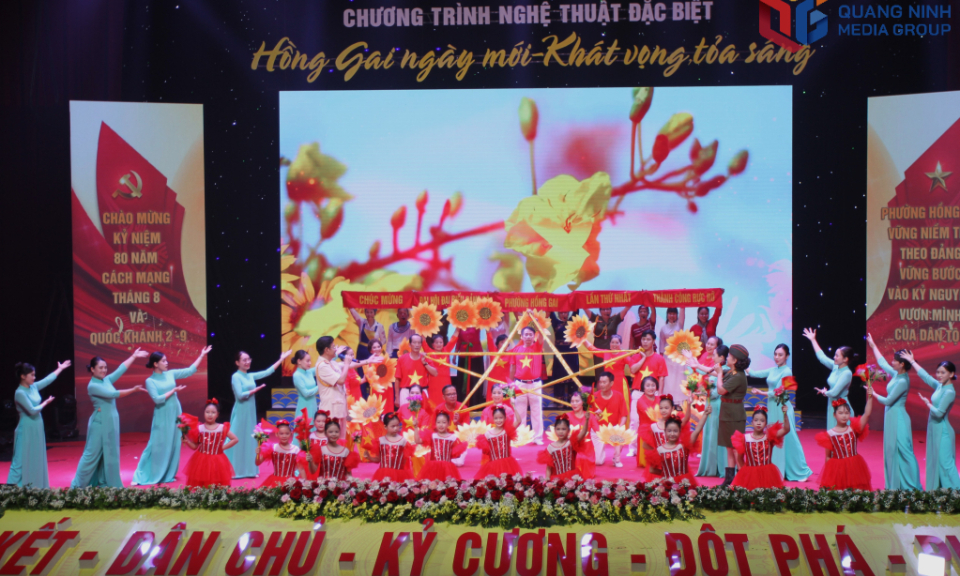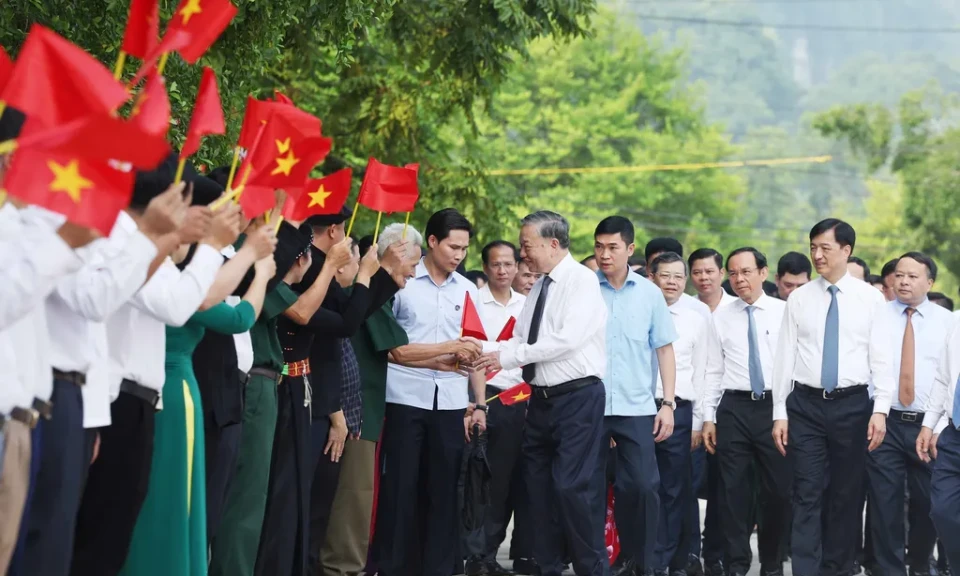Comprehensive preparations for new two-tier local Government model
Regarding preparations for restructuring provincial-level administrative units, Deputy Minister of Finance Hồ Sỹ Hùng added that the groundwork had been carefully laid, including a review of over 5,000 legal documents.
Việt Nam has taken a series of 'synchronised, comprehensive and rigorous' steps in preparation for implementing a new two-tier model of local government.
Efforts include completing the legal framework from the Constitution to sub-law documents; devising staffing plans with a focus on competence and experience, especially at the newly established commune level; investing in infrastructure and digital platforms to ensure seamless administrative procedures; and intensifying public communication to build broad consensus.
The information was announced by Deputy Minister of Home Affairs Trương Hải Long at an international press conference on amendments to the 2013 Constitution and the rollout of the new two-tier local government model, set to commence on July 1, 2025.
The press conference, held on Tuesday morning in Hà Nội, was jointly organised by the Party Central Committee's Commission for Information, Education and Mass Mobilisation, the National Assembly Office, the Party Central Committee's Organisation Commission, the Ministry of Home Affairs and the Ministry of Foreign Affairs.
Despite initial challenges, such as the need to finalise a large volume of legal documents in a short time, the psychological impact on public servants due to streamlining efforts, the pressure to build capacity at commune level, and public concerns over changes to administrative procedures, the Government had introduced appropriate measures and guaranteed that “administrative processes must remain uninterrupted and continuous,” Long said.
Regarding preparations for restructuring provincial-level administrative units, Deputy Minister of Finance Hồ Sỹ Hùng added that the groundwork had been carefully laid, including a review of over 5,000 legal documents.
Authorities identified 6,738 specific tasks across different levels of administration and clarified 2,718 core responsibilities between central and local authorities.
Notably, 1,470 tasks will be delegated to local administrations, while 1,248 tasks have been specifically divided between provincial and commune levels.
The Government has also issued 28 decrees on decentralisation and the delegation of authority.
In response to questions from international journalists about the potential impact of administrative restructuring on the business environment, Hùng emphasised that the changes would not create difficulties for businesses.
“On the contrary, they are expected to foster a more expansive space for socio-economic development, simplify administrative procedures and empower frontline administrative units,” he said.
He also said that the Government aims to cut at least 30 per cent of administrative processes, thereby reducing the time and costs of compliance for enterprises.
As for the foreign investment attraction policy, Hùng stressed that it is not contingent on the local administration restructuring.
“Việt Nam seeks to implement the two-tier local government model in tandem with reorganising its institutional apparatus and reforming governance mechanisms, with the ultimate goal of becoming a more enabling, proactive State that serves its people and supports businesses to thrive,” he said.
Key expectations
Detailing the rollout of the two-tier local government model, which begins on July 1, 2025, Long said that based on the National Assembly's Resolution to amend the Constitution, on Monday, the legislature passed the revised Law on Local Government Organisation.
The legislation provides the legal basis for the government, relevant ministries and central agencies to issue further legal documents and guidance for the model’s implementation.
The revised law comprises seven chapters and 54 articles.
Following the reorganisation, Việt Nam will have 34 provincial-level units, including six centrally-run cities and 28 provinces.
At the commune level, there will be 3,321 administrative units, comprising 2,621 communes, 687 wards and 13 special administrative zones.
The law clearly defines the principles of authority delegation between central and local governments, and among local government tiers.
It also delineates responsibilities between People's Committee collectives and individual chairpersons, paving the way for a more flexible and efficient governance mechanism that fosters initiative and creativity among local leaders.
Long highlighted a key provision granting provincial People's Committee chairpersons the authority to directly intervene in matters within the remit of lower-tier bodies when necessary. This aims to prevent delays or inefficiencies in addressing administrative or citizen- and business-related issues.
Phạm Tất Thắng, Deputy Head of the Party Central Committee's Commission for for Information, Education and Mass Mobilisation, said that the adoption of the Constitutional amendments and the revised Law on Local Government Organisation by the National Assembly on Monday with overwhelming support marked a historic milestone.
He said it laid a solid legal foundation for the first-ever implementation of the two-tier local government model in Việt Nam, enabling the country to realise major strategic objectives across all sectors, while ensuring national defence, security and international integration.
Thắng added: “The ultimate goal of the reform is to build a local government that is closer to the people and better serves them, while opening up new horizons for national development over the next century.”
Nguyễn Phương Thủy, Vice Chairwoman of the National Assembly’s Committee for Legal and Judicial Affairs, said Việt Nam has adopted five constitutions since its founding.
The 2013 Constitution, she said, was crafted to reflect the country’s comprehensive renewal in both economic and political spheres, addressing the demands of national development, defence and global integration.
Thủy underlined the urgent need to amend the 2013 Constitution in the context of Việt Nam’s ongoing transformation towards sustainable and comprehensive development under the leadership of the Party.
The amendments, she said, will provide a constitutional basis for streamlining the political system and fully implementing the two-tier model of local government in a way that truly serves the people and unlocks future potential for national progress.
Between May 6 and June 5, 2025, more than 280 million contributions were received from citizens, agencies and organisations at both central and local levels on all aspects of the draft resolution. The average approval rate was an overwhelming 99.75 per cent.






